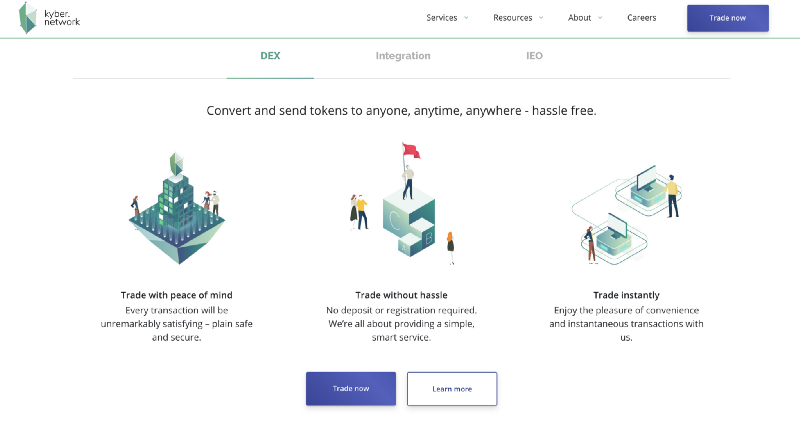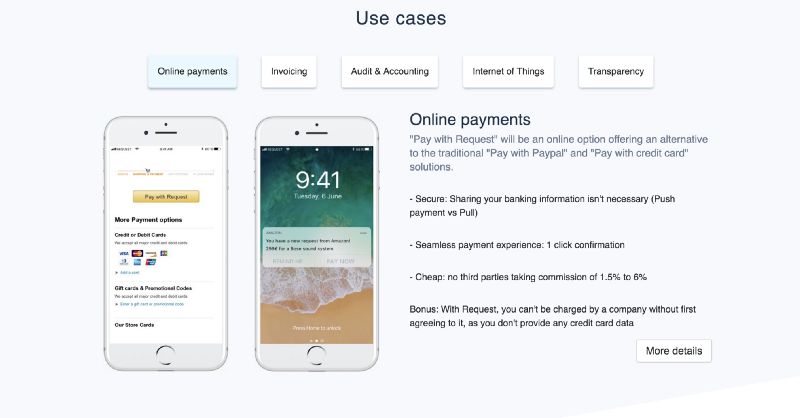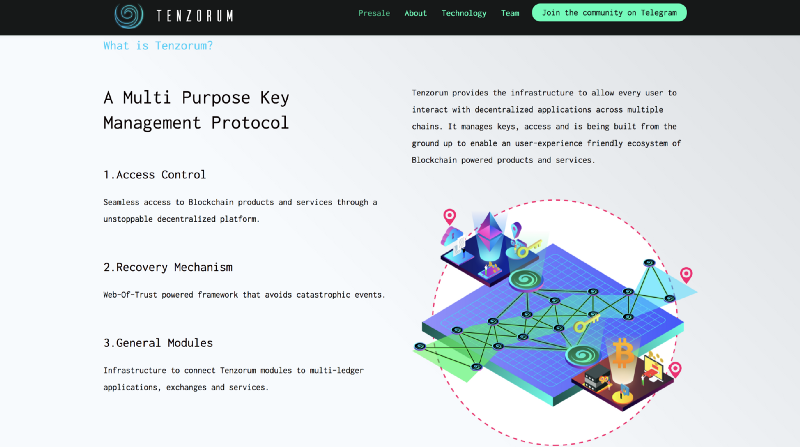How to get widespread adoption: Improve the notoriously bad UI/UX in crypto-investing
By Laura Desmond
Trading can be nerve-racking at its best, terrifying at its worst
The user experience for trading cryptocurrency is not conducive to getting new users actively involved.
There is no shortage of horror stories regarding hacked centralized exchanges, sending funds to the wrong address, and losing private keys.
Some of the biggest problems are custody, safely sending payments, and private key management, but luckily, these problems are being worked on by a few promising projects.
Custody of user funds
The custody issue is likely the most infamous of all the three main problems with today’s user experience.
Mt. Gox was a centralized exchange that was handling over 70% of all Bitcoin transactions at its peak in 2014 before it was hacked. Over 850,000 bitcoins were stolen, a value of $7,650,000,000 today. More recently, centralized exchange BitGrail was compromised, and the hacker stole over $187,000,000 worth of Nano (formerly RaiBlocks).
Users that store their funds on exchanges do not own their own funds, in the same way that they don’t truly own the money that they have in their bank account. The only true way to store your cryptocurrency safely is with a cold storage wallet like a Ledger Nano S.
Enter Decentralized Exchanges, which allow users to trade with each other in a peer-to-peer manner directly from their wallet. Not being forced to create an account which mandates personal information can protect anonymity and skips the tense moments of sending your BTC/ETH to a centralized exchange and waiting for the 30+ confirmations it takes for your funds to appear.

Granted, the trading volume of even the most popular decentralized exchanges are not even 1% of the volumes of the top centralized exchanges like Binance. This leads to some limit buy/sell orders never going through because there is no one on the other side to fill them. It will take time for decentralized exchanges to get widespread adoption, but they can solve a lot of the problems that centralized exchanges struggle with, and once the liquidity problem is dealt with, there’s no stopping them.
Check out Kyber Network to start using decentralized exchanges.
Sending Funds to an Incorrect Address
The process of sending money in the “real world” is already a tense process. Even with a trusted service like Venmo, typing in the correct username and seeing a photo of the person you’re sending it to still doesn’t feel like enough information when you click Confirm.
That’s a godsend compared to cryptocurrency, where you’re sending Ether to the address “0x3f5CE5FBFe3E9af3971dD833D26bA9b5C936f0bE” and you have to just pray that you copy and pasted the right address and make sure each letter and number matches up. The downside of anonymity means that if you send the funds to the wrong address, there’s no way of tracing the location and identity of the address holder.
Request Network is aiming to be a decentralized version of Paypal, where two parties can transact money very easily in any currency (crypto or fiat currency) without a middle man taking fees from the transaction.

Having a one-click solution that seamlessly sends money peer-to-peer would be an incredible step in the right direction for cryptocurrency, and Request Network’s solution paired with a great Know-Your-Customer service like Civicwould preserve anonymity while also verifying the identity of the party you are sending your money to.
Request Network also provides real-time accounting because all the transactions are on the immutable ledger, and the team is already working with massive players in the accounting space such as PwC-France.
Private Key Management
Vitalik Buterin, the creator of the initial Ethereum white paper, said that “..the #1 user experience need for crypto continues to be secure key management solutions. Multisig, scorched earth vaults(…) hardware wallets, all good, but lots of work UI side.”
Accessing Dapps like MyEtherWallet or MetaMask require you to keep track of your private keys to access your accounts. These private keys usually are a string of random 12 to 24 words that you MUST keep safe unless you want to lose access to your funds.
Right now, the most common way to store these private keys are on the cloud (not great) or on a folded piece of paper behind a picture frame (not efficient). The Tenzorum Project is focused on key management for the decentralized web.

The Project is addressing fundamental key management elements by bringing together protocols such as secured login, recovery mechanism and access control, allowing users to take control of the way they interact with decentralized technologies.
One very interesting thing that Tenzorum is doing is that they are backing up the private keys by using Shamir’s Secret Sharing Implementation, which means that “keys can be divided into fragments and encrypted using the web of trust such that a user would be able to rely on their web of trust in case they’d need to regain access to the associated crypto assets.”
When Tenzorum launches, gone will be the days of digging through the garbage for your USB or hiring a hypnotist to remember your private keys.
In Conclusion
These are the three biggest and most urgent pain points that the cryptocurrency world needs to solve to get widespread adoption. Institutional money is not going to want to enter the market with these massive risks to their capital, and until a trusted custody, payments, and private key solution is here, the market will continue to go sideways.
Luckily for us, there are strong projects with very capable developers working to solve this.

